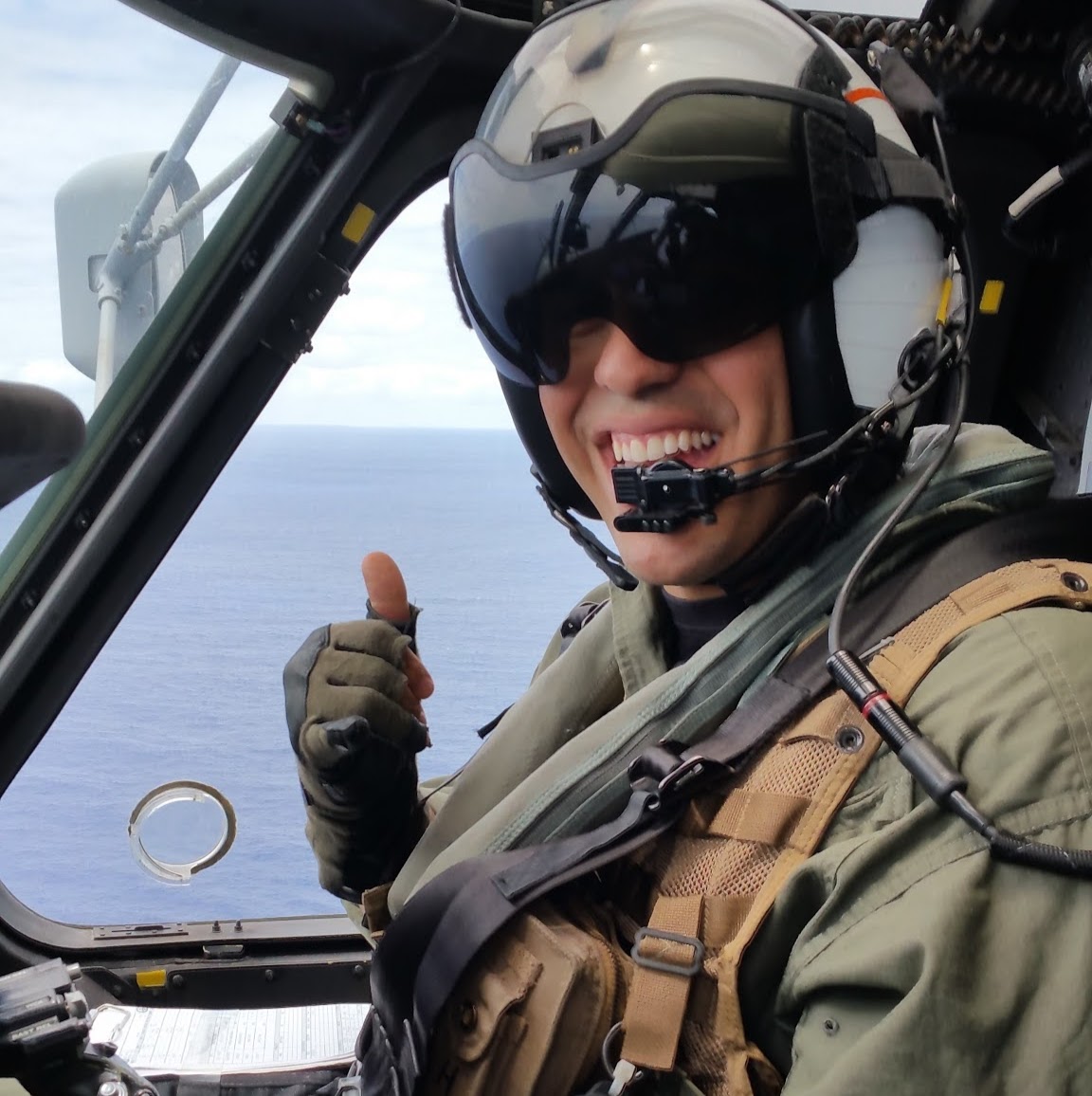Careers
Naval Aviation
As a Naval Aviator or Naval Flight Officer (NFO), you may fly some of the world’s most advanced aircraft, deliver precision firepower, track threats beneath the ocean surface, or provide critical logistic and combat support—anywhere on the globe.
Whether soaring at supersonic speeds or flying just feet above stormy seas, you’ll be expected to operate with precision, composure, and confidence in the most demanding environments. Naval Aviation pushes individuals to the edge of their abilities—and transforms them into leaders capable of extraordinary performance.
You may find yourself:
- Flying cutting-edge aircraft with unmatched capabilities.
- Supporting the Fleet with attack, surveillance, and logistical missions.
- Controlling and managing complex internal and external aircraft systems.

Landing a high-performance jet on an aircraft carrier deck pitching in total darkness requires more than technical skill or physical strength. It takes discipline, sharp intellect, and an unshakable resolve—qualities that Naval Aviators and NFOs consistently demonstrate.
Training Pipeline
Naval Aviation training begins at Naval Air Station (NAS) Pensacola, the "Cradle of Naval Aviation."
- Navy Student Naval Aviators (SNAs) and Student Naval Flight Officers (SNFOs) begin
with Aviation Preflight Indoctrination (API)—six weeks of intensive academics and
physical training. Topics include aerodynamics, engineering, navigation, aviation
physiology, flight regulations, and water survival.
- Marine SNAs first complete The Basic School (TBS) in Quantico, VA, before reporting to Pensacola.
After API, SNAs and SNFOs separate into their respective primary training pipelines, with SNAs reporting to:
- NAS Whiting Field (Milton, FL),
- NAS Corpus Christi (TX), or
- Vance Air Force Base (Enid, OK).
There, they train in the T-6B Texan II through six key stages: Familiarization, Basic Instruments, Aerobatics, Formation, Night Flight, and Instrument Navigation. Upon completion, students are selected for one of several aviation tracks including:
- Maritime (multi-engine prop),
- Tilt-rotor,
- E-2/C-2,
- Rotary-wing (helicopters),
- Strike (jets), or
- E-6 TACAMO.
Students then advance through intermediate and advanced training phases, ultimately earning their Wings of Gold and reporting to their Fleet Replacement Squadron (FRS).

MIDN Alex Walker on an aviation cruise June 13, 2018.
Naval Flight Officers (NFO)
NFOs specialize in mission systems, navigation, radar, and weapons employment. They enter one of four pipelines:
- Strike Fighter
- Airborne Early Warning (AEW)
- Maritime Patrol (MPR)
- TACAMO (Take Charge and Move Out)
Primary training begins in the T-6A Texan II and includes simulation, academics, and formation flights. From there:
- MPR and TACAMO students proceed to VT-4 and train using advanced multi-crew simulators.
- Strike Fighter students advance to VT-86, training in T-45C simulators with the Virtual
Mission Training System (VMTS) for strike and air-to-air operations.
- AEW students continue to VAW-120 for E-2 Hawkeye training and command and control operations.
Upon graduation from advanced training, NFOs report to their respective fleet squadrons operating aircraft such as the P-8 Poseidon, E-6 Mercury, E-2 Hawkeye, EA-18G Growler, or F/A-18F Super Hornet.
Naval Aviation offers a career unlike any other—high-stakes, high-tech, and high-impact. From launch to recovery, you will be tested, trusted, and transformed.